The world of water polo is as dynamic as it is demanding, and few moments capture the essence of the sport quite like the perfect shot on goal. A well-executed water polo shot is a blend of power, precision, and split-second decision-making, all while treading water and fending off defenders. For players and fans alike, the artistry of shooting is what makes the game exhilarating.
The Mechanics of a Water Polo Shot
Unlike land-based sports, water polo requires athletes to generate force while suspended in water, adding layers of complexity to every movement. A powerful shot begins with the player’s legs. Eggbeater kicking—a technique where legs move in alternating circular motions—provides the necessary stability and lift. Without a solid base, even the strongest arm won’t deliver an accurate shot.
Upper body strength is equally critical. The shooting motion resembles an overhand throw in baseball or a javelin toss, with the player winding up, rotating the torso, and releasing the ball with a snap of the wrist. The best shooters know how to use the water’s resistance to their advantage, leveraging it to add torque rather than letting it slow them down.
The Mental Game Behind the Shot
Physical skill alone doesn’t guarantee success. Reading the goalkeeper’s positioning is a subtle but crucial aspect of shooting. Seasoned players often use deceptive techniques—fake passes, sudden changes in arm speed, or even eye contact—to misdirect the goalie before releasing the ball. A hesitation shot, where the player delays the release by a fraction of a second, can be enough to throw off the keeper’s timing.
Another psychological factor is pressure. In high-stakes matches, the ability to stay composed under defensive pressure separates good shooters from great ones. Defenders will grab, push, and do everything legally (and sometimes not so legally) to disrupt the shooter’s rhythm. The mental toughness to ignore these distractions and focus on the target is what makes clutch players invaluable.
Types of Shots in Water Polo
The most common shot is the straight power shot, where the player aims for the corners of the net with maximum velocity. However, variations exist for different situations. A lob shot, for instance, is used when the goalkeeper is positioned aggressively forward. The ball is lofted gently over their head and into the net, requiring finesse rather than brute strength.
Then there’s the skip shot, where the ball is intentionally bounced off the water’s surface before reaching the goal. This makes it harder for the keeper to judge the trajectory, especially in choppy conditions. Backhand shots, though less common, are employed in tight spaces when a player can’t reposition for a standard throw. These unorthodox techniques often catch defenses off guard.
Training for the Perfect Shot
Elite water polo players spend countless hours refining their shooting technique. Dryland training—such as weightlifting and resistance exercises—builds the necessary muscle groups. But the real work happens in the pool. Drills that simulate game scenarios, like shooting under heavy guarding or from awkward angles, are essential.
Repetition is key. Players will take hundreds of shots in a single practice session, tweaking their release point, follow-through, and body positioning each time. Video analysis is also increasingly used to break down mechanics frame by frame, identifying even the slightest inefficiencies in form.
The Evolution of Shooting Techniques
Water polo has evolved dramatically over the decades, and shooting is no exception. In the early days of the sport, shots were slower and more predictable. Today, players shoot with incredible speed—some exceeding 50 miles per hour—thanks to advancements in training and conditioning.
The introduction of the two-point line in some leagues has also changed shooting dynamics. Similar to basketball’s three-point line, this rule rewards long-range shots with an extra point, encouraging players to develop deeper shooting range. As a result, the modern game sees more audacious attempts from mid-pool, adding another layer of excitement for spectators.
The Role of Teamwork in Setting Up Shots
While the shooter gets the glory, a successful shot is often the product of coordinated teamwork. Drivers—players who move aggressively toward the goal—create openings by drawing defenders away. Passers must deliver the ball with perfect timing, often threading it through tight gaps to reach the shooter.
Screens, much like in basketball, are another tactic. Offensive players will position themselves to block defenders, giving the shooter a split-second of uncontested space. These small but critical moments of collaboration are what turn a good offensive play into a goal.
The Future of Water Polo Shooting
As the sport continues to grow, so too will the techniques and strategies surrounding the shot. Younger players are entering the game with more refined skills, and coaching methods are becoming increasingly scientific. Wearable technology that tracks shot velocity, release angles, and success rates is already being tested at the professional level.
One thing is certain: the water polo shot will remain one of the most thrilling aspects of the sport. Whether it’s a blistering power shot or a delicate lob, the moment the ball leaves a player’s hand and finds the back of the net is pure magic—a testament to skill, strategy, and sheer willpower.
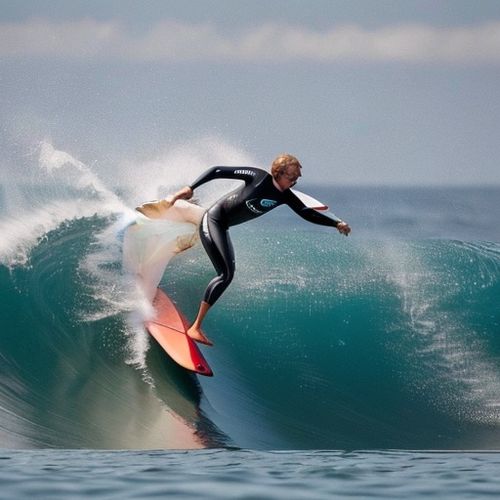
By Eric Ward/May 8, 2025
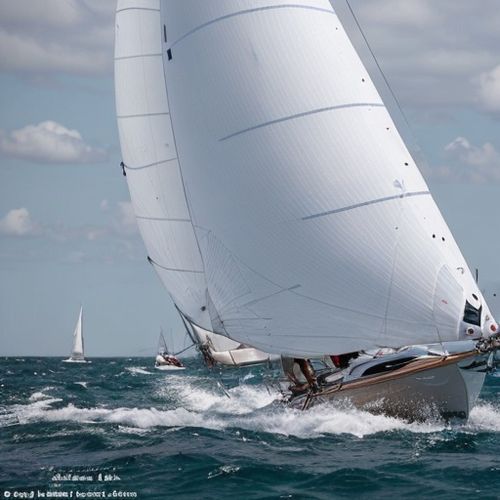
By Lily Simpson/May 8, 2025
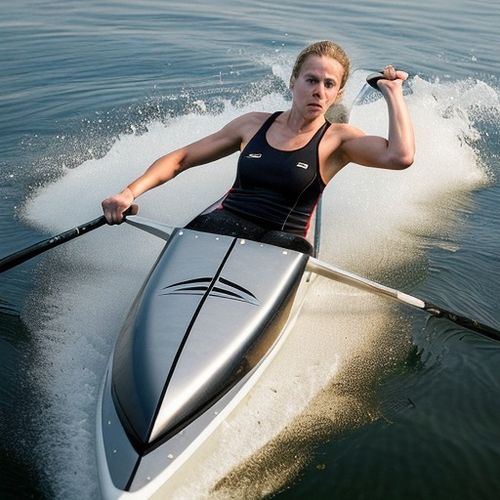
By Jessica Lee/May 8, 2025
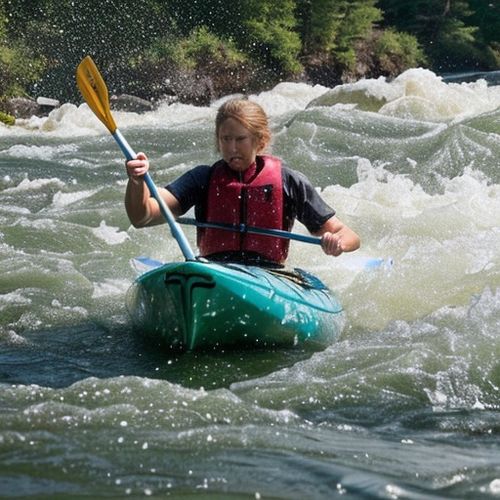
By Grace Cox/May 8, 2025

By Emily Johnson/May 8, 2025
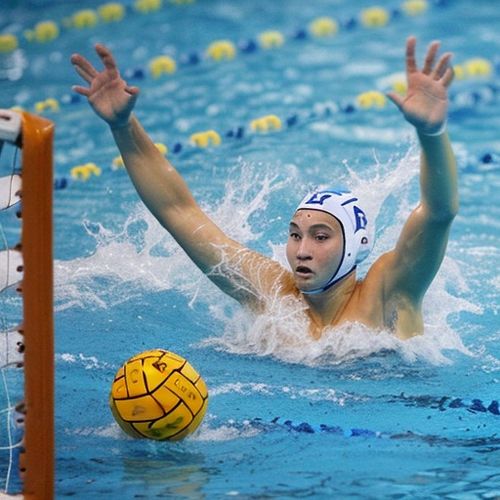
By Rebecca Stewart/May 8, 2025
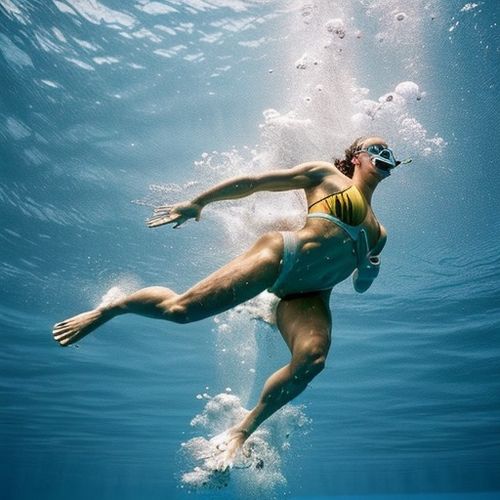
By George Bailey/May 8, 2025

By Sophia Lewis/May 8, 2025
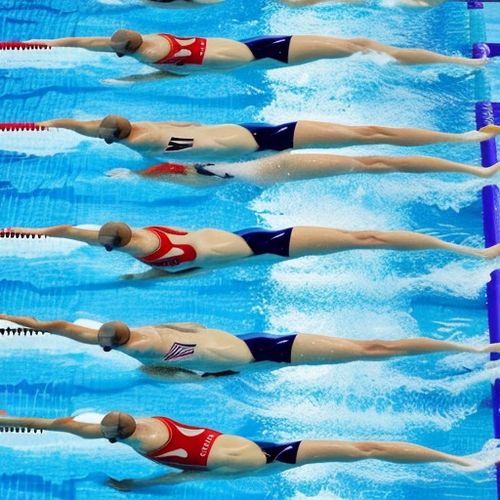
By George Bailey/May 8, 2025
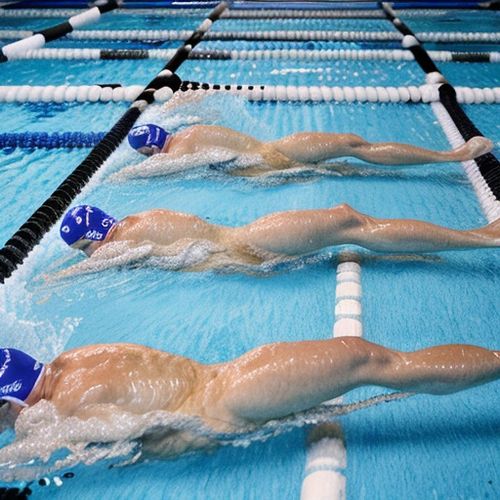
By Eric Ward/May 8, 2025
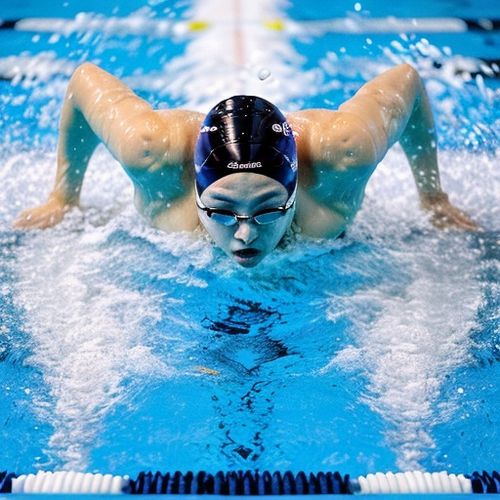
By James Moore/May 8, 2025
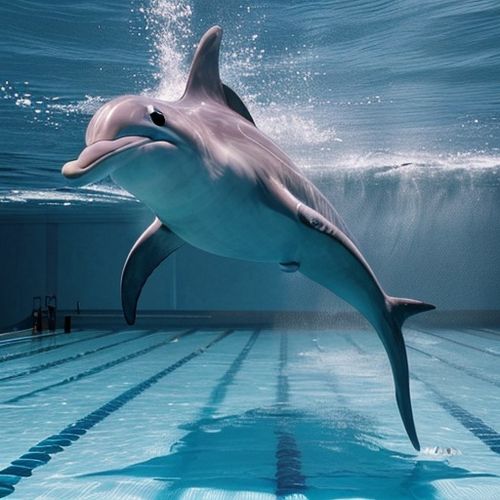
By Thomas Roberts/May 8, 2025

By Victoria Gonzalez/May 8, 2025

By Samuel Cooper/May 8, 2025

By David Anderson/May 8, 2025

By Joshua Howard/May 8, 2025

By Michael Brown/May 8, 2025

By Elizabeth Taylor/May 8, 2025

By Benjamin Evans/May 8, 2025

By Noah Bell/May 8, 2025